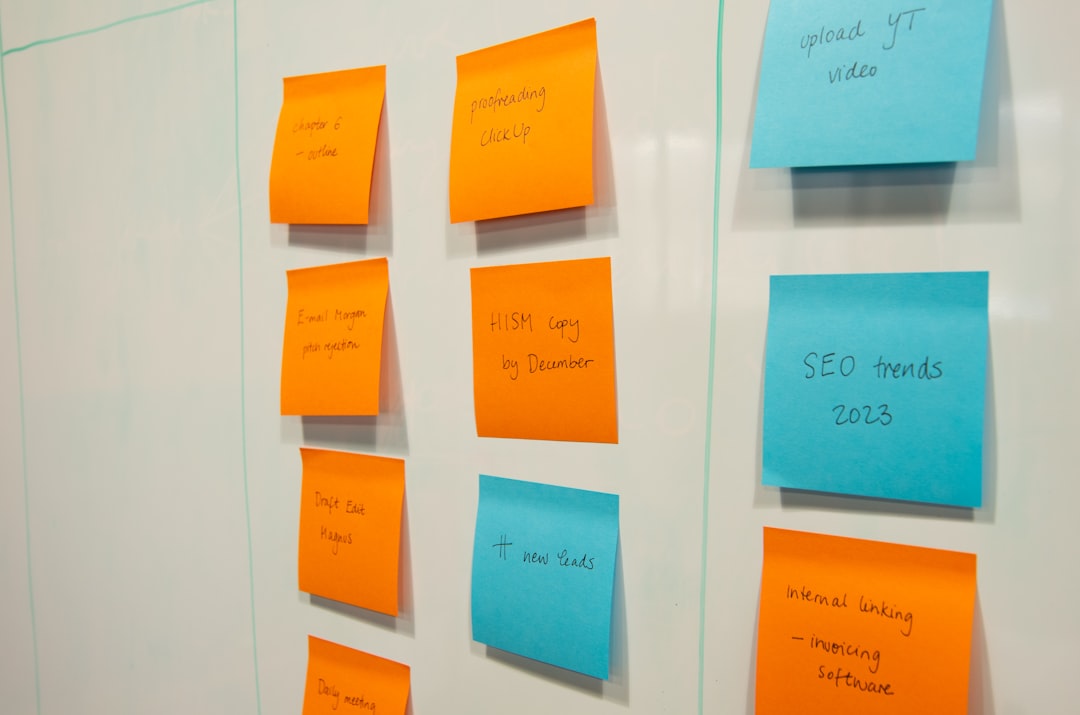
Ever feel like you're drowning in a sea of to-dos with no land in sight? I've certainly been there. When I look back at some of the biggest mountains I had to climb—like overcoming unhealthy habits that had me stuck for years or losing over 110 pounds—it wasn't just willpower that got me through. It was learning how to plan.
Planning isn't about rigid schedules that suck the life out of you. It's about creating a roadmap to get you where you want to go with less stress and more clarity. It’s a skill that transformed my life from chaotic and reactive to focused and purposeful. And I believe it can do the same for you whether you're tackling a big work project a personal goal or just trying to manage your week better.
So let’s chat about some practical techniques that have helped me and I hope will help you too.
Getting Started: The Foundation of Good Planning
Before you dive into making lists and schedules take a moment to set the stage. These initial steps are super important.
- Understand Your "Why." What's the real purpose behind this project? Knowing this gives you motivation when things get tough. For me understanding that I wanted a healthier life to better serve God and my loved ones was a powerful "why" for my weight loss journey.
- Define Clear Goals. What does success look like? Make your goals specific measurable achievable relevant and time-bound (SMART). Instead of "get healthy" it became "lose 2 pounds this week by eating whole foods and walking 30 minutes daily."
- Brain Dump Everything. Get all your tasks ideas worries and steps out of your head and onto paper or a document. Don't filter just write. This clears mental clutter.
- Identify Key Milestones. What are the major achievements along the way to your final goal? These act as significant checkpoints.
Breaking It Down and Getting Specific
Big projects can feel overwhelming. The trick is to chop them into smaller more manageable pieces. This is exactly how I approached losing weight; it wasn't one giant leap but many small consistent steps.
- Break Down Large Tasks. Take each big goal or milestone and break it into smaller actionable steps. What’s the very next physical action you can take?
- Prioritize Your Tasks. Not all tasks are created equal. Decide what's most important and what needs to be done first. You can use a simple high-medium-low system or think about what has the biggest impact.
- Estimate Time Realistically. We often underestimate how long things will take. Try to be honest and even add a little buffer.
- Identify Dependencies. Are there tasks that can only be started after other tasks are finished? Note these down so you don't hit a bottleneck.
- List Needed Resources. What do you need to complete the project? This could be tools information help from others or specific materials.
Structuring Your Plan and Staying on Track
With your tasks defined and prioritized it's time to give them some structure and think about how you'll keep things moving.
- Choose Your Planning Tools. This could be a simple notebook a planner a digital app or project management software. Find what works for you. I often use a mix—a digital calendar for appointments and a paper to-do list for daily tasks.
- Create a Timeline or Schedule. Put your tasks onto a calendar or timeline. This helps you see the bigger picture and allocate your time.
- Time Block Your Work. This has been a game-changer for me. I schedule specific blocks of time for focused work usually 2-4 hours for deep tasks. During this time I try to eliminate distractions.
- Batch Similar Tasks. Group small similar tasks together and do them all at once. For example answer all your emails at a set time rather than as they come in.
- Build in Buffer Time. Things rarely go exactly as planned. Include some flexible time in your schedule for unexpected issues or delays.
- Plan for Regular Reviews. Set aside time weekly or daily to review your progress adjust your plan and reprioritize if needed. Plans are not set in stone; they are living documents.
The Mindset and Habits for Success
Effective planning isn't just about lists and schedules; it's also about your approach and the habits you build around it.
- Stay Flexible. Life happens. Be prepared to adapt your plan as circumstances change. Rigidity can be the enemy of progress.
- Communicate Clearly (if others are involved). If you're working with a team or if your project impacts others make sure everyone is on the same page.
- Celebrate Small Wins. This is huge! When I was losing weight I celebrated every 5 pounds lost. Acknowledging small victories keeps you motivated and builds momentum. It reminds you that you're making progress.
- Learn from Every Project. After a project is complete or even at milestones take time to reflect. What went well? What could you do better next time? This helps you refine your planning skills.
- Seek Wisdom and Strength. For me prayer is an essential part of any significant undertaking. Asking for God’s guidance wisdom and strength helps me stay grounded and focused especially when I feel overwhelmed or unsure. It reminds me I’m not doing this alone.
Planning might seem like extra work upfront but trust me it saves so much time stress and energy in the long run. It’s about being intentional with your precious time and effort. I still have days when I fall off track or feel disorganized—I’m human after all. But having these techniques in my toolkit helps me get back on course much faster.
So what’s one small thing you could plan out this week using even one of these ideas? Maybe it’s planning your meals for a couple of days or breaking down that one task you’ve been avoiding. Give it a try. You might be surprised at how much lighter and more in control you feel.





